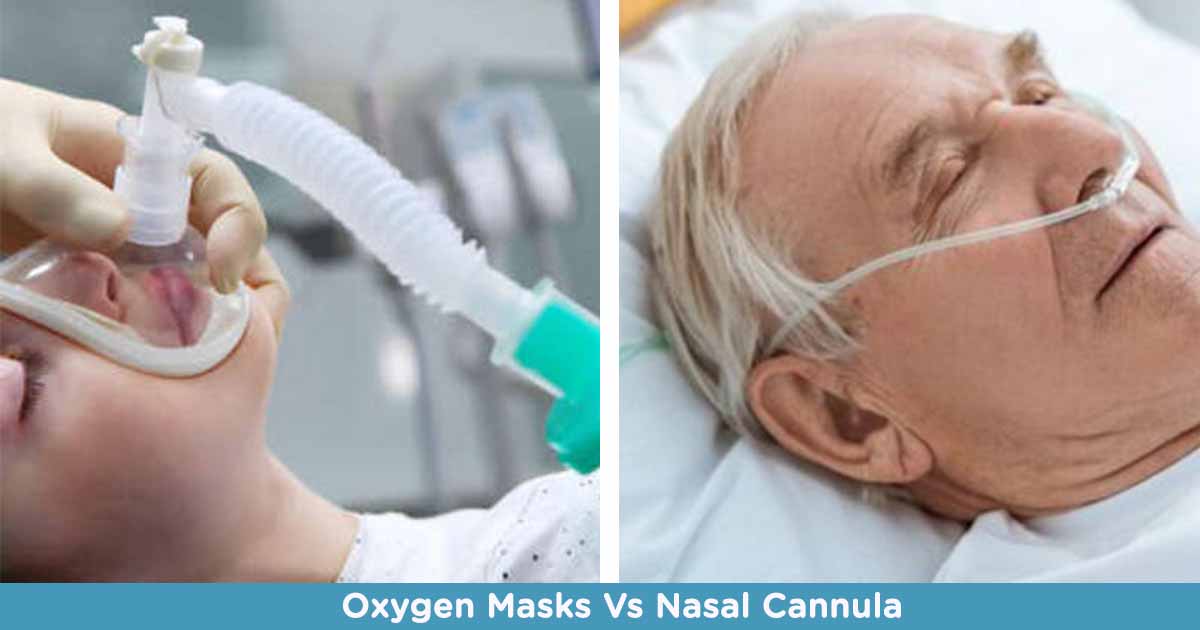Oxygen delivery systems are used to deliver supplementary oxygen to patients who need respiratory help. Patients with apnea, congestive pulmonary disease, lung disease, cystic fibrosis, pneumonia, asthma, cardiac conditions also benefit from oxygen therapy.
The system make use of devices such as nasal cannula, or oxygen masks with oxygen source such as oxygen concentrators and oxygen tank. Factors such as the patient’s need, the severity of hypoxemia, and the disease process will determine the type of oxygen delivery system used.
Nasal Cannula
Nasal cannula is simple, cheap, comfortable and effective device used to deliver low-flow oxygen. It has two prongs that protrude from the disposable tube. It is inserted into the nostrils. When operated at a higher flow rate, greater than 4 L/min, a humidifier is needed to prevent drying of the nasal and oral mucous membranes.
Oxygen Mask
A simple oxygen mask is good for short-term, low-flow oxygen therapy. The plastic mask is placed on the face of the patient with an elastic strap to secure it. The body of the mask stores the oxygen between breaths.
The side port openings on both side of the mask allows the air in the room to mix with the delivered oxygen, and also for exhaled air to escape. The rate of breathing by the patient determines the delivered oxygen.
In this post, we will differentiate between oxygen masks vs nasal cannula.
Similarities between Oxygen Masks Vs Nasal Cannula
Nasal cannula and oxygen mask are both options for giving oxygen therapy to patients in respiratory need. The choice between the two depends on patient’s preferences and disease condition.
Differences between Oxygen Masks Vs Nasal Cannula
- Oxygen mask provide more consistent flow of oxygen and has a higher flow rate than most nasal cannula.
- A nasal cannula allows the patient to communicate, eat or drink, unlike the oxygen mask which must be removed.
- Nasal cannula is easier to wear than most oxygen mask types.
- Oxygen mask is less comfortable to wear than cannula, which is more acceptable to the patients.
- The oxygen mask is not suited for long term use, unlike the nasal cannula which may be used for both short term, and long term use.
- Oxygen mask is suitable for mouth breathers, unlike nasal cannula.
- The oxygen mask helps to give constant level of oxygen and help control carbon dioxide retention
- Nasal cannula reduces the feeling of claustrophobia in some patients compared to oxygen mask.
References
- https://www.megamedical.com.au/oxygen-face-masks-vs-nasal-cannula-all-you-need-to-know/
- https://elsevier.health/en-US/preview/oxygen-therapy-nasal-cannula-or-oxygen-mask












